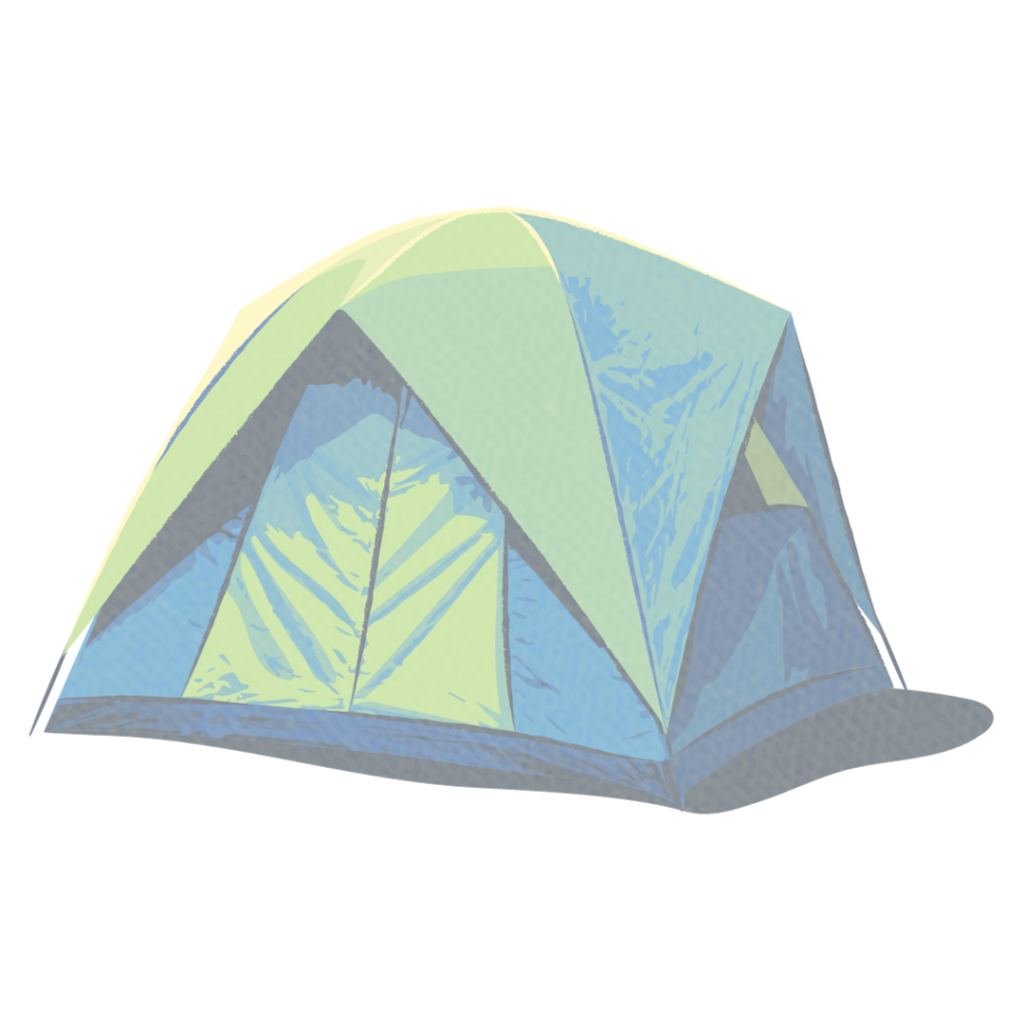Flame Retardants
Flame retardants (FR) are made up of various types of chemicals and are applied to help prevent or slow the spread of fire in potentially flammable materials. They are used in a variety of consumer and industrial applications including furniture, clothing, electronics, construction materials, transportation products, and in camping equipment.
A growing body of evidence has linked flame retardants to a wide range of adverse health effects for wildlife and humans. These chemicals can leach into the environment where they may bind to particulate matter, soil and sediment, and where they can be transported long distances in the form of particles.
What are Flame Retardants?
Flame Retardants in Tents in Canada
Many flame retardants are considered “additive”, meaning they are not chemically bound to the material and can move into the environment or people. Did you know that flame retardants are currently used in tents in Canada? The handling of a tent treated with flame retardants has been shown to result in dermal exposure, and inhalation may also occur while a person is inside a tent. Pollution Probe is working to increase public understanding of the impacts associated with flame retardant use, and the avoidance of their use where they are not necessary. Check out our #informedFRuse video series on Youtube!

